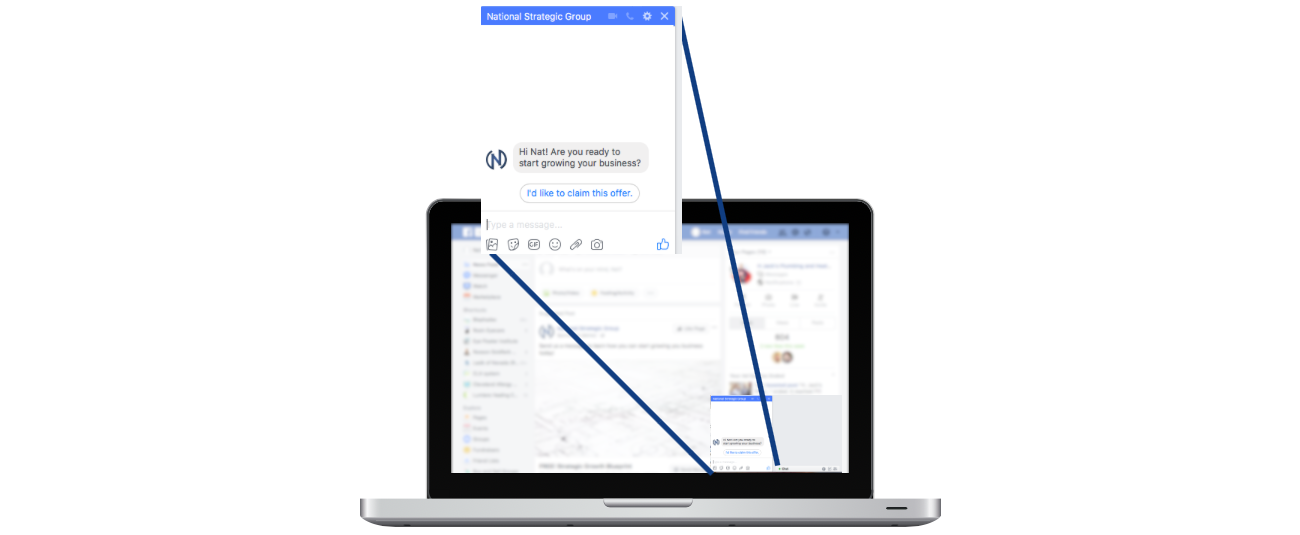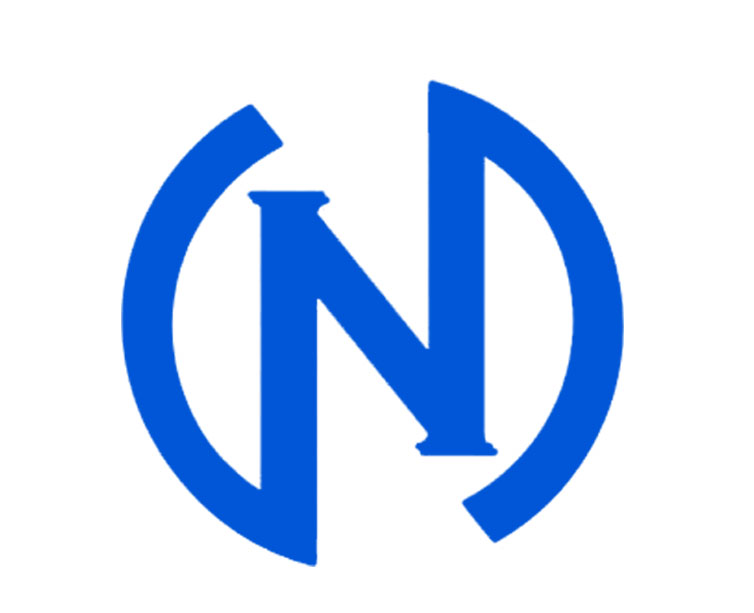
Can Facebook Messenger Actually Convert Leads? A Case Study for the Eye Care Industry
Facebook’s Messenger ads are at the forefront of innovative ways to engage with customers and generate leads through paid traffic. These are the three main types of Facebook Messenger Ads:
1. Ad placement within the Facebook Messenger App
2. Promotional messages broadcasted through conversations on Messenger
3. Click-to-Message ads, which are the focus of this Case Study
Click-to-Message campaigns are designed to drive traffic to the Messenger platform rather than a traditional landing page. Instead of the user clicking Learn More (or a similar CTA), the user clicks Send Message. Upon clicking the ad, a conversation is prompted in Facebook Messenger.

Why Choose Click-to-Message Ads
The ways customers communicate online is constantly changing, and we want to help you keep up with the latest consumer preferences. According to WordStream, 73% of customers prefer talking to companies via live chat rather than email, 56% of people would rather message you than call you for customer service., and 53% of consumers are more likely to buy from you if they can message you. The Messenger platform is clearly a great resource to strengthen communications with your customers, and but there are even more benefits to Click-to-Message ads that can help your campaign succeed.
These benefits include:
* Moving customers through the sales cycle faster through personal interactions that make it easier to overcome objections
* Faster implementation since you won’t need to build a landing page
* Generating qualified leads with the use of a compelling offer and well-defined audiences
Putting Click-to-Message Ads to the Test
National Strategic Group is committed to staying on the cutting edge of marketing techniques, so we put Click-to-Message ads to the test with a two-week calculated ad campaign for one of our multi-practice eye care clients. Our Goal? Affordably acquire new patients using a compelling offer.
 Our Approach
Our Approach
By developing a series of audiences with specific interests, we were able to craft compelling ad copy to specifically target each of these audiences. This allowed us to also build out a script for our Messenger conversations to help us generate leads. We used a substantial lifetime budget and scheduled ads to run on at specific times in order to ensure every message would receive a timely response.
When users clicked on the ads, an initial question appeared with an auto-response option to Get Started. From there, users were asked to provide basic contact information and appointment availability. This information was passed along to front office staff who followed up with patients to confirm appointment scheduling.
The Challenges of Click-to-Message Campaigns
Click-to-Message ads are relatively untested among Facebook Advertisers, with almost no testing in the eye care industry, so there are not many studies available to compare results. Instead, in order to understand the efficacy of our Click-to-Message campaign, we used MarketingProfs to look at benchmarks for traditional Facebook ads.
* Average CPC $1.72
* Average Cost Per Action $18.68
* Average Conversion Rate 9.21%
The other challenge of Click-to-Message ads is in the logistics of being able to respond to each customer’s message quickly and efficiently. Since you are asking users to directly interact with your business, you and your staff have to be prepared to answer. Whether that means a dedicated member of your staff is committed to responding to each message or a chat bot is integrated within your page, you have to ensure timely responses to your potential customers or risk losing that lead. We found that users that we responded to in 2-5 min were almost 50% less likely to result in a lead than users we responded to immediately.
Click-to-Message Ad Campaign Results
The campaign was designed to be optimized for clicks, so to evaluate the success of the ads, we looked at the cost per click, cost per action (message), conversion rate, and cost per lead.
While the overall cost per click was higher than a typical campaign, it’s safe to say that you may be paying for added engagement of a Messenger campaign.
The campaign had a 7% conversion rate, which refers to the total number of clicks by leads with whom we had meaningful conversations with and who gave us their contact information. While any paid marketing campaign will have fall off as customers may click without taking action, 7% is a solid conversion rate for Facebook ads.
Overall, the cost per lead was $49.80 – which meant we solidly reached our client’s goals and scheduled some appointments! By testing out different ads and audience sizes, we were able to learn more about what works well for these ads, what makes a compelling offer, and how to continue to improve results.
“It’s exciting to see that we can obtain qualified leads at a lower cost, and even chat with them to start building a genuine rapport immediately.”
– Practice Manager
Click-to-Message ads may be new to the advertising scene, but they are ripe with potential. The personal interactions open up new opportunities for businesses to strengthen customer relationships and generate more qualified leads. For more information about how you can use Facebook Messenger ads click here to contact us!
Sources
https://www.wordstream.com/blog/ws/2017/10/31/facebook-messenger-ads
https://www.marketingprofs.com/charts/2017/31801/facebook-advertising-benchmarks-for-18-industries-infographic

